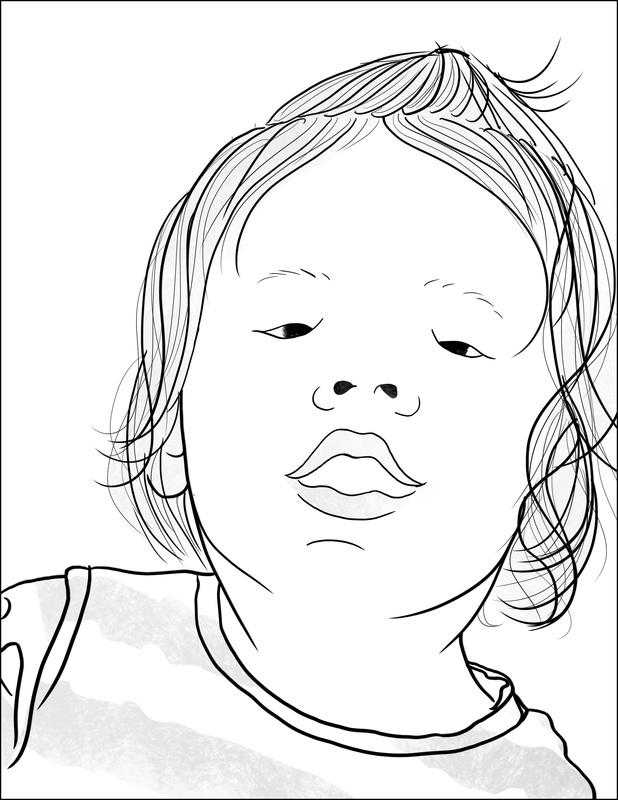WHAT IS BPES?BPES stands for Blepharophimosis Ptosis Epicanthus Inversus Syndrome. People with this rare condition have four physical characteristics of the eyes that are present at birth. The four conditions are:
Types of BPESThere are two types of BPES, type 1 and type 2. Type 1 has the four characteristics described to the right as well as Premature Ovarian Failure (POF). Please visit our POF page for support and more information. Type 2 has the four physical characteristics described above and does not include POF.
How Prevalent is BPES?The prevalence of BPES is not known. There are no reports of prevalence based on sex, race, or ethnicity.
What Characteristics is BPES Associated With?People with BPES are expected to have normal intelligence. In a study of 204 individuals with BPES, the following vision problems were reported. [Dawson et al 2003]
What Causes BPES?BPES is caused by a change in the FOXL2 gene that is located on chromosome 3, specifically 3q22.3.
This genetic change is either inherited from a parent with BPES or is a new genetic change that happens randomly at conception. Specifically, the genetic changes in FOXL2 can include a misspelling in the gene (sequence error-72%), extra or missing portion of the gene (deletion/duplication error-10%-15%), extra or missing portions of regions that direct the expression of the FOXL2 gene(5%) and rarely larger chromosome rearrangements; deletions/duplications, translocations, inversions . Individuals with BPES due to a chromosome rearrangement may have other physical and developmental issues besides what is described above. There is a 50% chance of inheriting the gene change from a parent with the gene change. It is also common for people with BPES to be a single occurrence in their family (simplex cases) due to a random new genetic change in them or possibly because of difficulty conceiving for individuals with POF. It is very rare to have two children with BPES with unaffected parents. Treatment and Surgeries for BPES
There are many different approaches people take with surgery. If an ophthalmologist finds that vision is being affected by BPES, medical intervention like patching, glasses or surgery may be recommended.
The balance of when to do surgery to prevent vision problems versus waiting to have more reliable ptosis measurements can be difficult and even controversial. Many babies with BPES have surgery very early to assist with vision development while some surgeons prefer to wait until about age 4 to do an initial surgery (as long as vision development is not being impacted). Some people elect to have no surgeries which is more common when BPES runs in a family for multiple generations. There are two common goals of surgery: lift and widen. To lift, one can have a sling inserted to connect the lid to the muscle above the brow. Slings can be artificial or fascia which is muscle fiber taken from the patient’s leg or donor tissue. Another procedure is an external levator which is the shortening of the eye muscle. This is not as common and may not be possible if there is no muscle present. To widen, there are multiple approaches including different types of canthoplasty as well as inserting a transnasal wire. Read more about medical professionals and support on our care page. The BPES Foundation surveyed 117 people with BPES with the following results: Speak with your medical professional(s) to learn about a care plan specific to you or your child. If you have not yet seen a physician with experience with BPES or would like a second opinion refer to our list of medical professionals or post on a BPES Facebook forum for support. Information For Families With a New BPES Diagnosis
|
Blepharophimosis describes the narrowness of the eye which is often 20-22 mm for people with BPES and 25-30 mm for a typical person.
Ptosis is the drooping of the upper eyelid or lack of muscle ability to lift the eyelid. Epicanthus Inversus describes the skin fold arising from the lower inner eyelid. Telecanthus describes the lateral displacement of the inner canthi, or the space between the eyes. |

